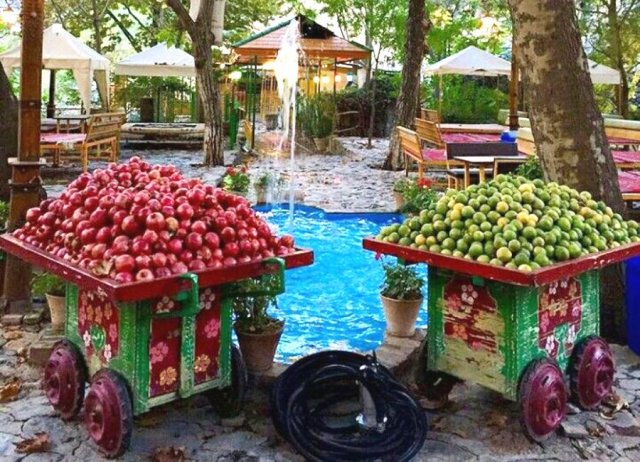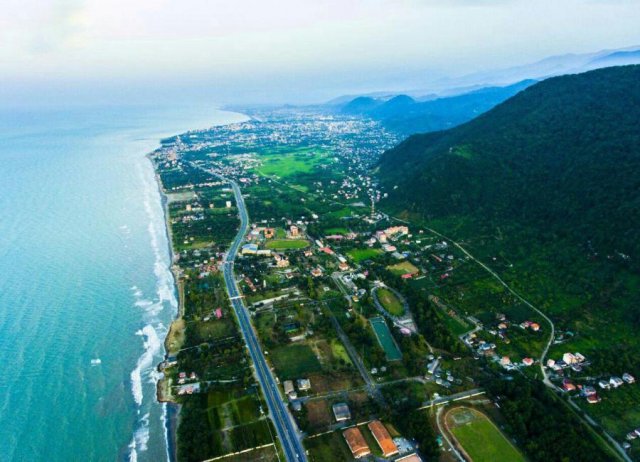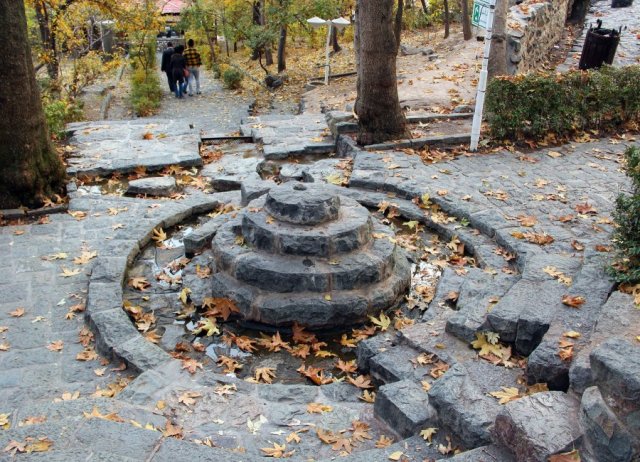Imam Reza’s Holy Shrine is enveloped in a vast series of sacred precincts collectively known as the Haram-e Razavi, or Haram for short. This magical city-within-a-city sprouts dazzling clusters of domes and minarets in blue and pure gold behind fountain-cooled courtyards and magnificent arched arcades. It’s one of the marvels of the Islamic world, and it’s worth savouring its moods and glories more than once by visiting at different times of day.
Compare the orderly overload of dusk prayer-time to the fairy tale calm of a floodlit nocturnal wander. And take time to visit the complex’s trio of eclectic museums, filled with bequests and donations from the faithful.
No bags or cameras are allowed within the complex (although snapping photos with mobile phones appears to be perfectly accept-able). There are left-luggage offices near most entrances. Men and women enter through different carpet-draped portals and are politely frisked. Women must wear a chador but at most gates there is a stock to borrow for the unprepared. For either sex it’s important to dress in suitably clean, conservative clothing.
Non-Muslims are allowed in most of the Haram’s outer courtyards, but they’re not allowed inside the complex’s two holiest buildings, the Holy Shrine and the Gohar Shad Mosque, or the magnificent Enqelab and Azadi courtyards.
The Martyrdom of Imam Reza
Within Mashhad’s Holy Shrine, pilgrims break into conspicuous, heartfelt outpourings of grief for murdered Imam Reza as though his assassination (carried out with poisoned grapes and pomegranate juice) were only yesterday. In fact it was over a millennia ago, in the year 818.
The story starts 20 years earlier with Haroun ar-Rashid, immortalised as the great caliph in the Thousand and One Nights. Less fictionally, Haroun ruled the Abbasid caliphate and was very influential in bringing Greek-style analytic thinking and cosmopolitan sophistication to Arab-Muslim society. His temporal power was unassailable. But he coveted the spiritual pre-eminence of Musa, the seventh Shiite Imam. Musa was eventually slapped into Haroun’s Baghdad jail, then killed.
Musa’s 35-year-old son Ali al-Raza (Razavi) inherited his father’s pious mantle, becoming Imam Reza. Meanwhile, after Haroun’s death, Haroun’s sons Ma’mun and Amin slogged out a civil war to succeed their father as caliph. Ma’mun, based temporarily at Merv (in what today is Turkmenistan), emerged victorious, but needed Reza’s help to calm a series of revolts. Having failed to entice the Imam to support him voluntarily in this effort, Ma’mun’s agents dragged Reza forcibly across rebellious regions as a symbol of imperial power. However, the ploy appeared to backfire. The Imam’s charismatic presence captivated the royal court, leaving Ma’mun worried that he would be upstaged. So out came the deadly grapes. Ma’mun disguised the crime by honouring Reza’s body with burial in Sanabad (today’s Mashhad), close to Ma’mun’s own father – and Reza’s father’s nemesis – Caliph Haroun.
Points Of Interest
This village, at 1700m elevation and just north of the no-torious Evin Prison, is one of Tehran’s most pleasant urban escapes
At 370,000 sq km the Caspian (Darya-ye Khazar) is five times the size of Lake Superior.That makes it by far the world’s largest lake.
This popular in town escape stretches ever more steeply up the mountainside at Tehran’s northern edge



